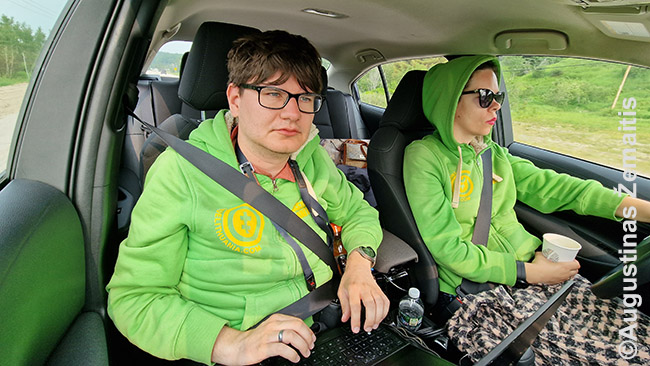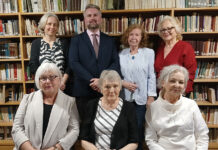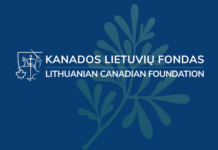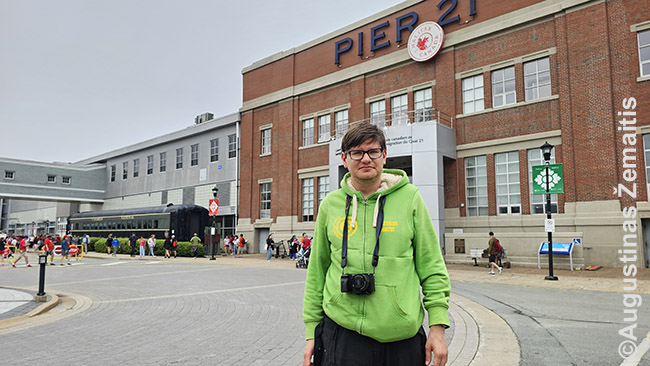
The story of Lithuanian heritage collectors Augustinas and Aistė Žemaitis continues.
Heading east, Augustinas and Aistė hoped to find the only Lithuanian monument in Atlantic Canada that they were told about back in 2019 – a memorial plaque to Lithuanians at Halifax’s Pier 21 Immigration Museum. They were happy to find more than they expected, wrote Augustinas.
They had driven 4000 kilometres through Northern Quebec, Labrador and Newfoundland, fascinated by the icebergs and whale pods they saw, but encountered no traces of Lithuanians. Travelling 2000 km of the TransLabrador highway, Augustinas had time to record everything they had experienced up to that point.
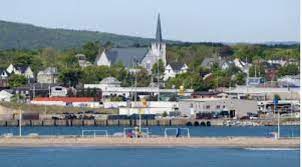 The Town of Sydney Mines
The Town of Sydney Mines
Finally reaching North Sidney, Nova Scotia, after a 16-hour ferry trip, they found the town of Sydney Mines nearby, where one of the oldest Lithuanian communities in Canada had once existed. Back in 1906, there was an organization of 72 members, all men. The group had been described in books, as well as articles in the newspaper Tėviškės žiburiai (The Lights of Homeland). In the region’s Beaton archive, he found an entire catalogue of Sydney Mines Lithuanians. Before their expedition, Augustinas had requested permission to see the archive, and was delighted to receive everything digitally as the Beaton Archive had been asked to do by the Lithuanian Museum-Archives of Canada.
There was a wealth of information, mostly provided by the Glinskis family, which included the surnames of relatives and their shortened or anglicized variants (e.g., Liutkevičius>Liutkus, Barzevičius>Bardswich, Rudzevičius>Rogers, among others which could not be guessed, such as Latwaitis>Campbell). There were many old photos and tales. It seemed that after the steel factory was closed in 1918, most Lithuanian families moved away, and only 17 remained. Around 1930, their number increased again to 27, because after the US closed its doors to immigrants, people came to seek their fortune in Canada. Most of the Sydney Mines Lithuanians had not come directly from Lithuania, but had first tried to settle in Scotland. Dr. Milda Danytė, author of a book about Lithuanian DP’s in Canada, said that in about 1980 she had met some people in the town who still spoke Lithuanian.
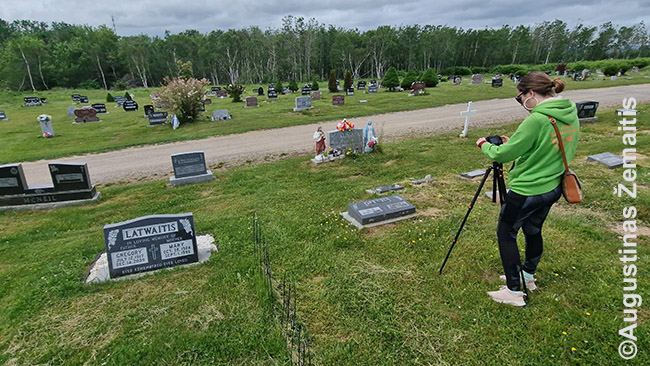
There was once a Lithuanian Club built by the St. Casimir’s Society in 1915, but it was torn down in 1939. Pond Street, where it was located, was later renamed Legatto.
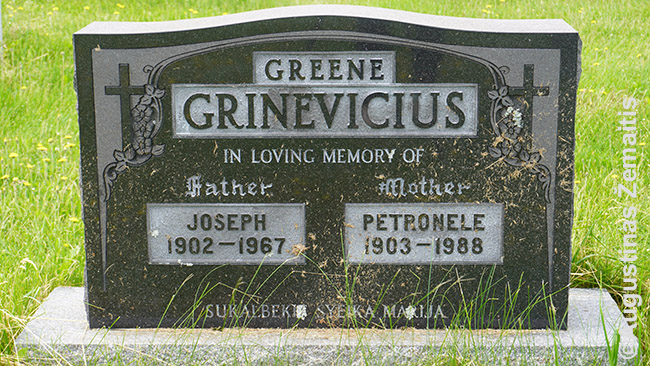
We found some Lithuanian gravestones in Sydney Mines, with some of the words misspelled. Most of the people described in a document dated 1965 were referred to as local Lithuanians. Some of them had died around that time. But we found no living descendants, and our time was limited. Riley, the Beaton archivist, promised to continue asking old-timers for more photos or information about the club.
He said that after the steel factory and some of the mines closed, many people left, especially the young. When their parents die, they throw out their papers because they don’t understand what they are. The town itself is in severe decline, like many coal towns, for example, in the US.
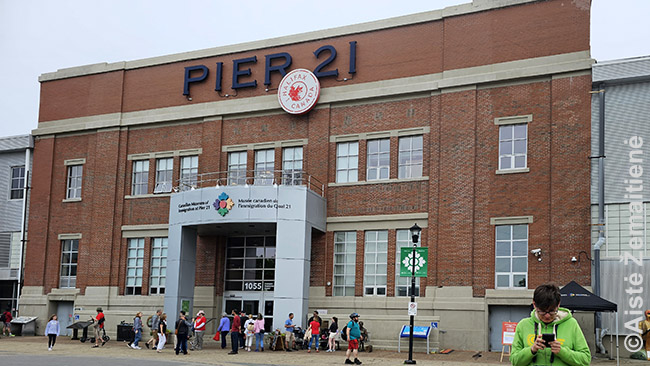
Halifax held great promise with its Pier 21 Immigration Museum. The port received many immigrants between 1928 and 1971, including Lithuanians, and is now a gentrified area, with shops and walkways along the waterfront. The museum contains a vast number of records, revealing the multitude of reasons that people immigrated throughout the decades.
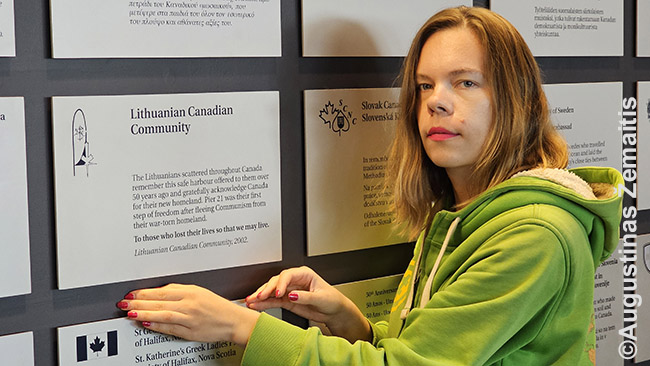
Sadly, we were unable to find any Lithuanian surnames, histories or exhibits. The closest was the story and photos of the village of Wilno, which had been dedicated to Vilnius. Latvians were better-represented at the museum.
For Lithuanians Halifax was merely a transit point – no one had heard of Lithuanians living there. The Community could certainly present material to the Pier 21 Museum about other locations in Canada where Lithuanians were active.
Aistė asked for information about a relative, Stanislovas Repšys who had emigrated to London, Ontario, between the World Wars, and received an impressive package that included the name of the ship he had arrived on, the “Empress of Scotland I“.
After travelling through the US, we returned to Canada, heading through the prairies from Calgary to Sault Ste. Marie. We’ll talk about that in Part 3.
All the locations we found during our journey are on the map at www.tikslasamerika.lt and the online encyclopedia www.gabalelialietuvos.lt. Our films about various locations and recorded interviews are available on Youtube at “Gabalėliai Lietuvos“ (in Lithuanian) and “True Lithuania“ (in English).
Read about their trip through the Canadian Prairies next week at tevzib.com.
